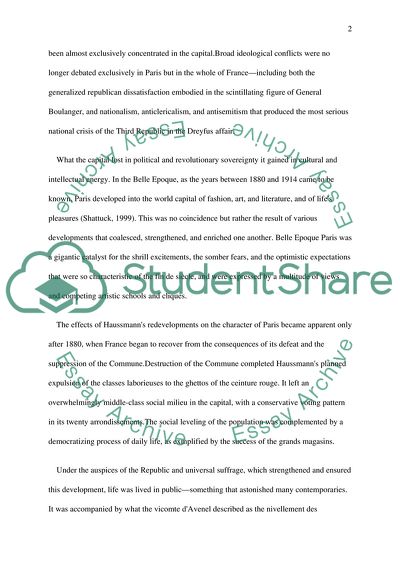Cite this document
(The Belle Epoque - An analysis of its literature and history Essay, n.d.)
The Belle Epoque - An analysis of its literature and history Essay. Retrieved from https://studentshare.org/miscellaneous/1702970-the-belle-epoque-an-analysis-of-its-literature-and-history
The Belle Epoque - An analysis of its literature and history Essay. Retrieved from https://studentshare.org/miscellaneous/1702970-the-belle-epoque-an-analysis-of-its-literature-and-history
(The Belle Epoque - An Analysis of Its Literature and History Essay)
The Belle Epoque - An Analysis of Its Literature and History Essay. https://studentshare.org/miscellaneous/1702970-the-belle-epoque-an-analysis-of-its-literature-and-history.
The Belle Epoque - An Analysis of Its Literature and History Essay. https://studentshare.org/miscellaneous/1702970-the-belle-epoque-an-analysis-of-its-literature-and-history.
“The Belle Epoque - An Analysis of Its Literature and History Essay”, n.d. https://studentshare.org/miscellaneous/1702970-the-belle-epoque-an-analysis-of-its-literature-and-history.


